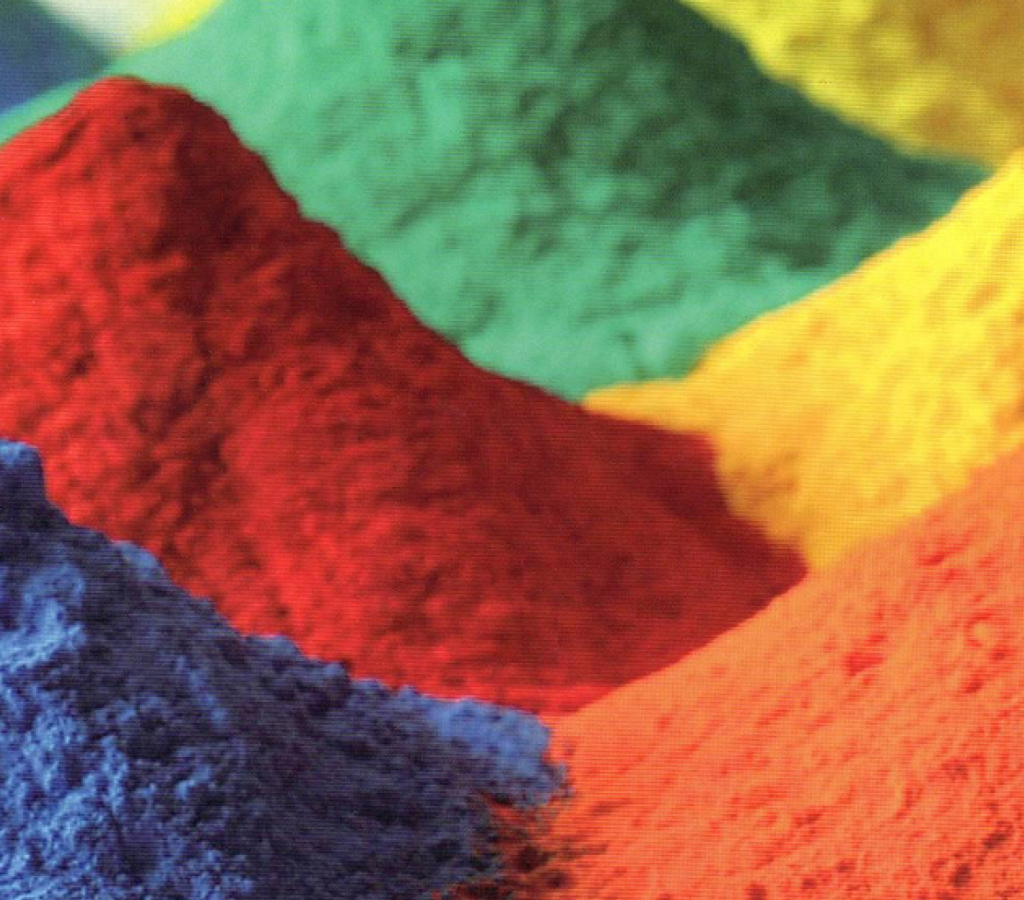December 3, 2024 – Exploring the Distinct World of Colorants: Pigment Powders vs. Color Masterbatches
In the realm of plastic coloring, two prominent players stand out: pigment powders and color masterbatches. These colorants, though often used interchangeably, possess distinct differences that span their advantages, disadvantages, production methods, and application outcomes.

Starting with their merits, color masterbatches shine due to their unique resin carrier design. This feature effectively isolates pigments from air and moisture, ensuring long-term stability in pigment quality. The similarity between masterbatch pellets and resin pellets facilitates easy and precise measurement, reducing adherence to containers and enhancing uniform mixing with the resin. These attributes collectively guarantee consistent colorant addition, leading to enduring color uniformity in finished products. Conversely, pigment powders boast exceptional color performance, heat resistance, and ease of dispersion, offering a broader palette of possibilities for plastic coloring.
However, the use of color masterbatches is not without its challenges. In some cases, they may cause products to become more prone to cracking, potentially due to improper pigment content or poor dispersion. Furthermore, inadequate pre-testing of masterbatches can result in under or over-pigmentation, affecting the final product’s color appearance. Pigment powders, too, have their limitations in specific applications. For instance, while Pigment Violet 23 excels in high-temperature resistance for polyester dope dyeing, it falters in polystyrene matrices exceeding 220°C.
The production processes of these colorants also diverge significantly. Color masterbatches are crafted by uniformly embedding excessive amounts of pigment into a resin carrier, a unique method that grants them a distinct edge in coloring efficacy. Pigment powders, on the other hand, directly impart color to plastics, creating specific hues as coloring agents. According to industry insights from ColorMasterbatchNetwork, these production differences directly influence their subsequent performance in applications.
In summary, pigment powders and color masterbatches exhibit marked differences in their advantages, disadvantages, production techniques, and application results. Consequently, choosing the right colorant necessitates a careful consideration of specific application scenarios and requirements to ensure that the final product’s color effect and quality meet expectations.














